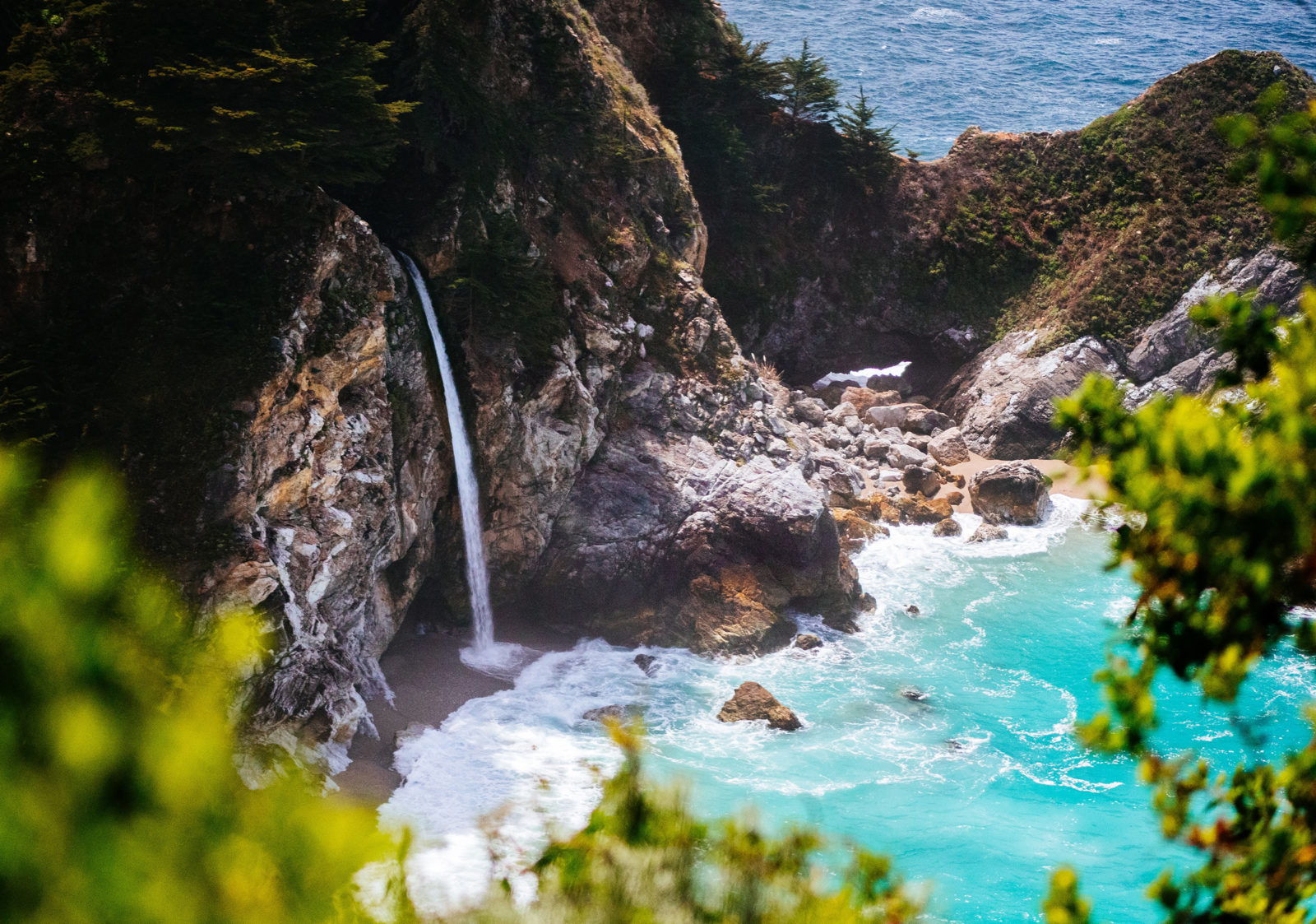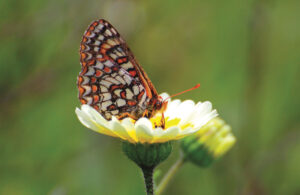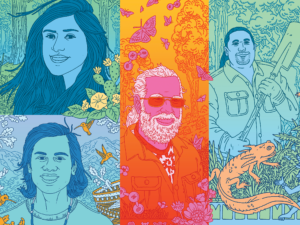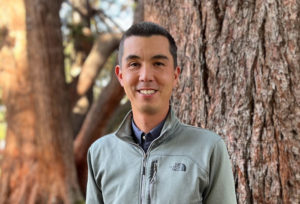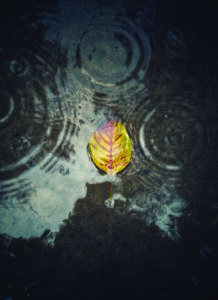There’s a certain predictable expression that frequently settles on the face of the friend or family member I’m talking to when I say the word “biodiversity.” I’d call it tolerantly bored. The term has been so overused in so many ways for so many decades I can hardly blame the listener. And yet it breaks my heart a little bit. Packed in the meaning of those 12 letters, like helixes of DNA, is humanity’s quest to understand life on this planet.
Renowned biologist E.O. Wilson first coined the term “biodiversity” in a 1985 paper in which he estimated that we’ve identified roughly 2 million of the earth’s 10 million species. He then proposed the audacious idea that we identify the remaining 8 million in a mission to comprehend the forces that make life as we know it. “The magnitude and cause of biological diversity,” Wilson wrote, “is one of the key problems of science as a whole.” Wow.
In the subsequent 35 years, we’ve made some gains in identifying species, but they are trivial when compared to the estimated 1 million species threatened with global extinction in the coming decades according to the Intergovernmental Science-Policy Platform on Biodiversity and Ecosystem Services, a research arm of the United Nations.
There’s so much revolutionary potential and dire urgency crammed into that single word. And yet the juxtaposition between the potency of its concepts and its frequent effect on others has left me believing biodiversity is something better first lived and then explained.
This issue of Bay Nature includes stories on how to live some biodiversity—how to touch, watch, and breathe it in. Read Ken-ichi Ueda’s essay about coming to understand the volunteers who push their hands into the dirt to get to know the hundreds of pretty, ugly, delicate, formidable, smelly, and fragrant native plants thriving in the East Bay’s Skyline Gardens. Consider the life’s work of John Muir Laws, the 2020 recipient of Bay Nature’s Local Hero Award for environmental educator, who through nature journaling bonds with the natural world (you’ve seen his work in Bay Nature for almost 20 years). Join the search for rare plants in California, the nation’s most biodiverse state, after reading Jane Braxton Little’s examination of Sacramento’s push to preserve biodiversity. Or if you’re more of a mover than a looker, read Moises Velasquez-Manoff’s feature on the relationship between Lyme disease and biodiversity. It’s possible that those in the Bay Area can hike and explore the outdoors with limited risk of contracting that debilitating disease thanks in part to complex, diverse ecosystems. The value of the thousands of species in our state is incalculable and they need our attention.
Let’s live some biodiversity this spring.

